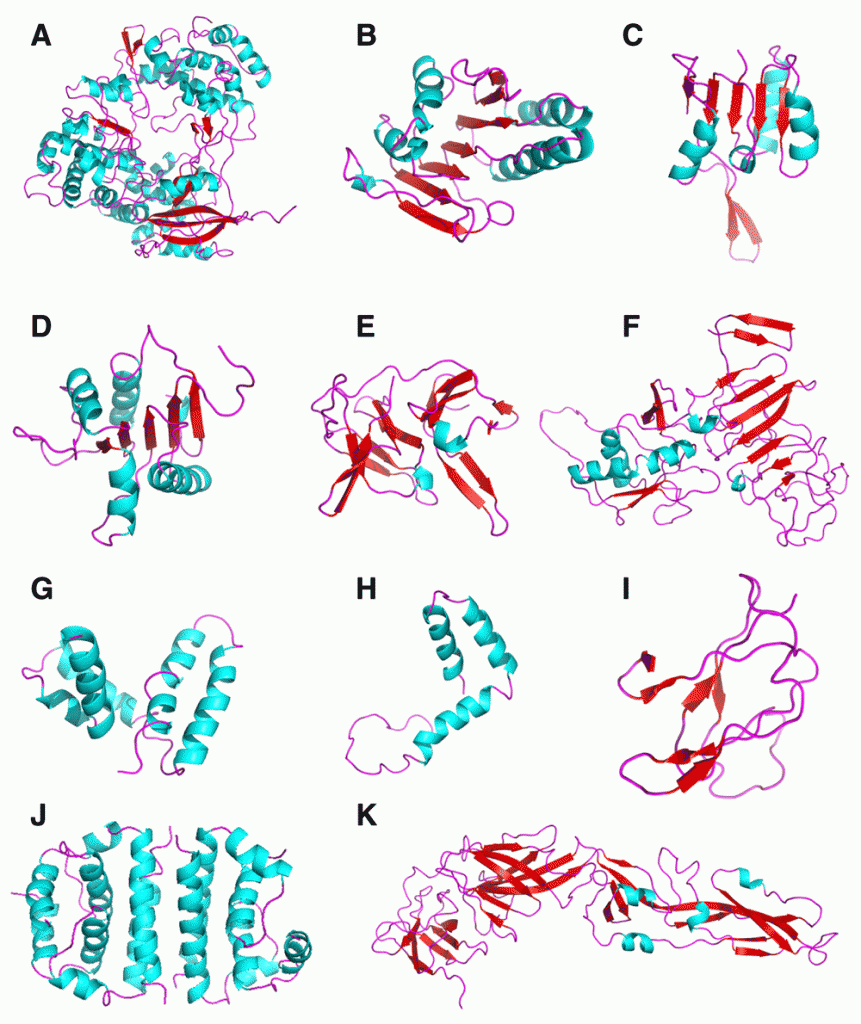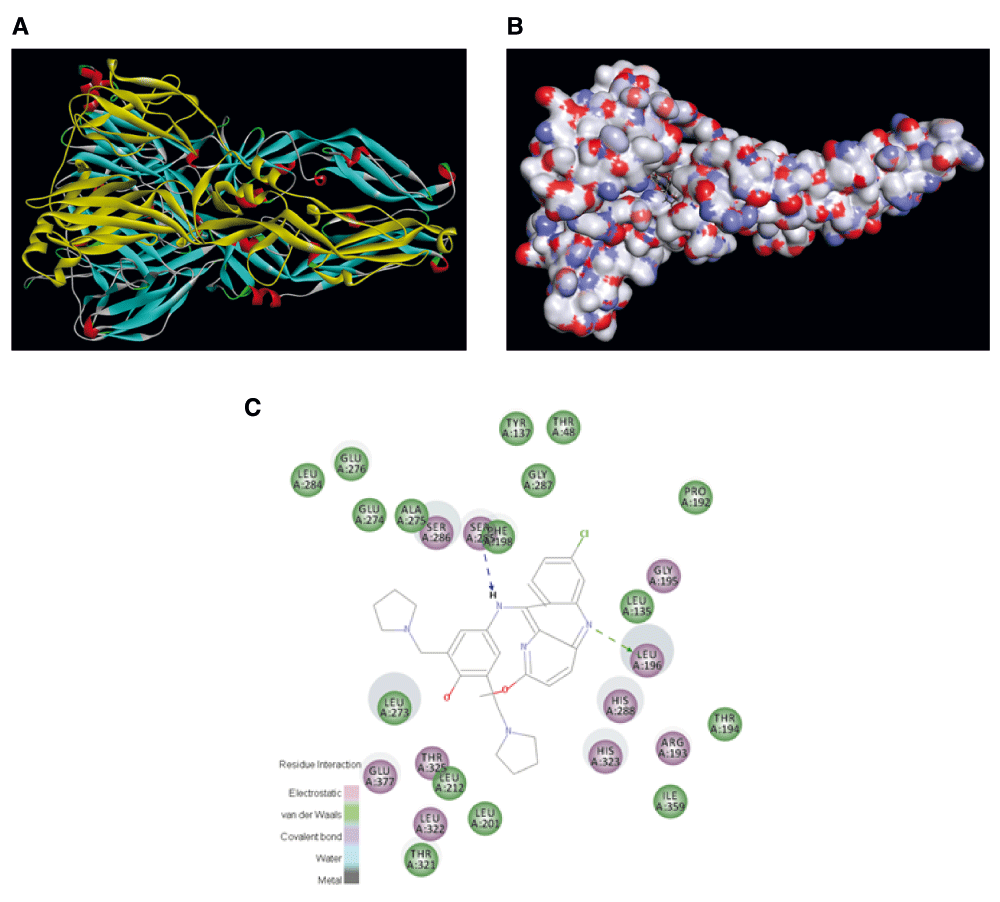Illustrating and homology modeling the proteins of the Zika virus
/0 Comentários/em Notícias /por melinaSeveral suggested steps have been proposed which could be taken to initiate ZIKV antiviral drug discovery using both high throughput screens as well as structure-based design based on homology models for the key proteins. We now describe preliminary homology models created for NS5, FtsJ, NS4B, NS4A, HELICc, DEXDc, peptidase S7, NS2B, NS2A, NS1, E stem, glycoprotein M, propeptide, capsid and glycoprotein E using SWISS-MODEL.
May 5, 2016
Illustrating and homology modeling the proteins of the Zika virus – F1000Research

Guillain-Barré Syndrome outbreak associated with Zika virus infection in French Polynesia: a case-control study
/0 Comentários/em Notícias /por melinaThis is the first study providing evidence for Zika virus infection causing Guillain-Barré syndrome. Because Zika virus is spreading rapidly across the Americas, at risk countries need to prepare for adequate intensive care beds capacity to manage patients with Guillain-Barré syndrome.
May 1, 2016

NIAID is responding to the Zika Virus crisis through vaccine, treatment, and clinical trials research
/0 Comentários/em Notícias /por melinaThe Zika Virus: What You Need to Know
/0 Comentários/em Notícias /por melinaHere are a few answers to some questions that many Americans may have about the Zika disease and who it could impact.
Uganda: Por que o berço do zika nunca teve nenhum surto?
/0 Comentários/em Notícias /por melinaO que explica então a ausência de um surto de zika no país africano? Segundo Julius Lutwama, principal virologista do Instituto de Uganda de Pesquisa de Vírus (Urvi, na sigla em inglês), o motivo se deve, em grande parte, ao tipo de Aedes aegypti encontrado em Uganda. “Em Uganda, a subespécie de Aedes aegypti que temos ─ o Aedes aegypti formosus ─ é diferente da daquela encontrada na América do Sul, o Aedes aegypti aegypti. O mosquito daqui pica mais animais do que humanos”, explica ele à BBC Brasil.
“Esse mosquito vive na floresta e costuma se alimentar à noite. Mesmo que um ser humano seja picado e venha a desenvolver a doença, a probabilidade de ela se alastrar é baixa, por causa da ausência do vetor nas áreas urbanas. Ou seja, se não há mosquitos para espalhar o vírus, dificilmente haverá uma epidemia”, acrescenta.
Outro fator, destaca Lutwama, envolve características geográficas e climáticas de Uganda. Segundo ele, diferentemente de outros locais que enfrentaram surtos de zika, o país manteve suas florestas razoavelmente intactas, preservando o habitat natural do mosquito.
Curso “Zika: abordagem clínica na atenção básica” para profissionais da saúde e demais interessados
/0 Comentários/em Notícias /por melinaO Sistema Universidade Aberta do SUS (UNA-SUS), oferece aos profissionais da saúde e demais interessados o curso “Zika: abordagem clínica na atenção básica”. O período de inscrição vai de 19/02/2016 a 15/02/2017.
Zika | UNA-SUS
12 de fevereiro de 2016

Dúvidas e informações sobre Zika para população em geral, gestantes, profissionais e gestores da saúde
/0 Comentários/em Notícias /por melinaOpen drug discovery for the Zika virus
/0 Comentários/em Notícias /por melinaWe provide some suggestions of what might be possible and propose an open drug discovery effort that mobilizes global science efforts and provides leadership, which thus far has been lacking. We also provide a listing of potential resources and molecules that could be prioritized for testing as in vitro assays for ZIKV are developed. We propose also that in order to incentivize drug discovery, a neglected disease priority review voucher should be available to those who successfully develop an FDA approved treatment. Learning from the response to the ZIKV, the approaches to drug discovery used and the success and failures will be critical for future infectious disease outbreaks.
February 10, 2016


















